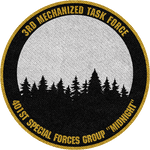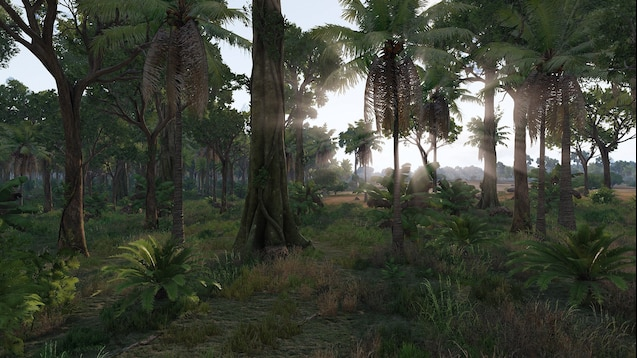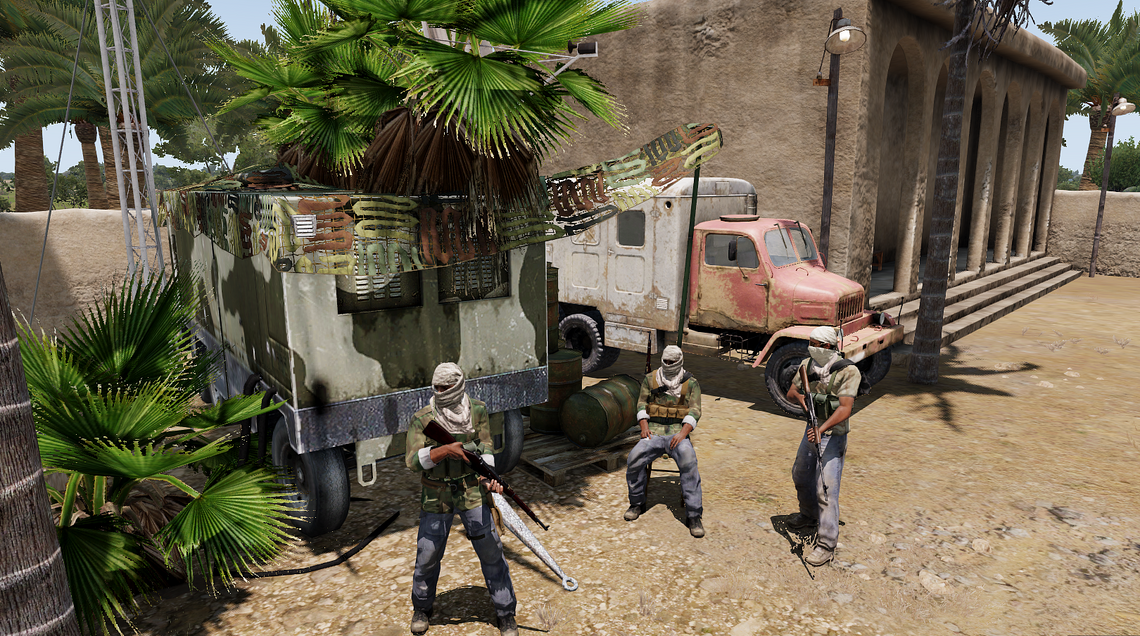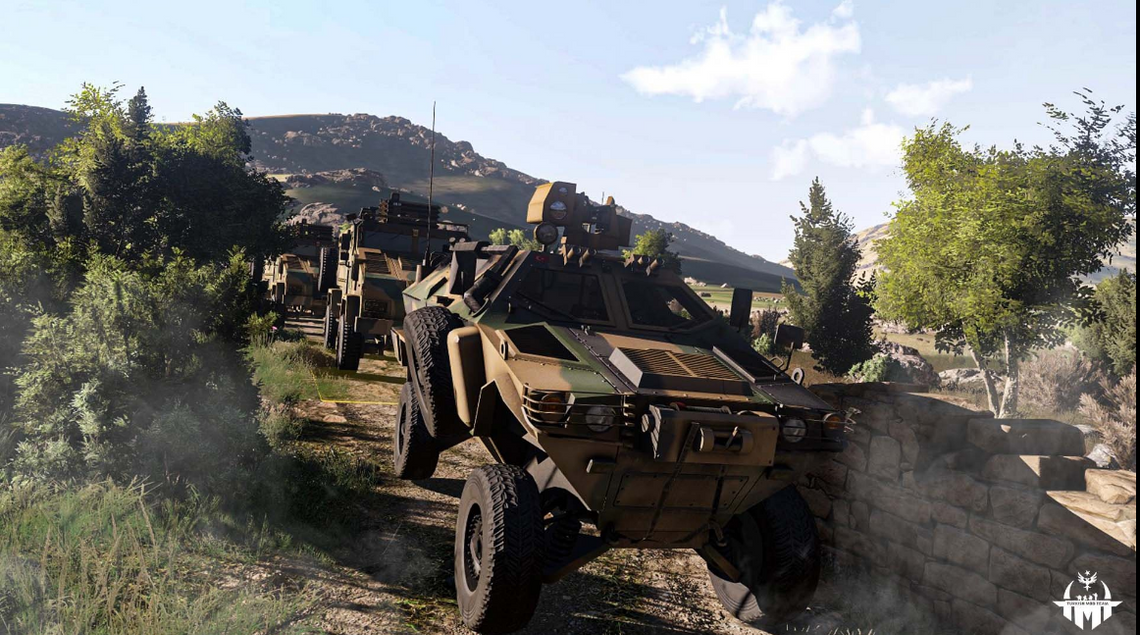Briefing:
Trident PMC annually invites foreign militaries and other Private Military Companies to partake in joint operations allowing for the testing of new weapons and tactics. This year's focus is the updated SCAR platforms. Previously field tested by Trident’s 3rd Mechanised Infantry Division; the data proved conclusive however, deployment in limited numbers failed to produce sufficient data in regards to their logistical capabilities. 2nd Cavalry Division has been selected to deploy a more substantial number of SCAR platforms, in a range of configurations, to complete the final testing phase before bulk purchasing for the refitting at company or battalion level.
This year's event will take place in Morocco at a privately owned site; where a replica of Mogadishu has been created for several scenarios based around the US campaign in Somalia. Designated MOG II. The site has been designed with historical accuracy in mind, providing a wide range of elevations and complex street fighting, the perfect staging ground for an Operation Nightingale.
Despite the humble recreation of terrain during the Black Hawk Down crisis and the Diplomatic Outpost crisis. Nightingale ‘28 will focus on neither of these two events specifically and instead attempt to simulate the superiority gained in “home field advantage” and whether small rapid deployment groups are efficient in countering pop up engagements over a large urban area.
Forces from the French Foreign Legion, Kommando Spezialkräfte and Special Air Service will play Opfor during this exercise. They have already begun learning every inch of the city and by the time 2nd Cavalry are authorised to enter MOG II, will likely be able to use back alleys and potential tunnels to manoeuvre all over the environment quickly, allowing for guerilla strikes against Trident Forces. The visitors have brought their own equipment for use in the operation although AOR1 Combats have been issued to provide Opfor a uniformed presence as the groups will be working together directly, rather than acting as independent cells.
2nd Cavalry will be responsible for entering the city and taking control of several strategic points designated around MOG II. The initial sites being the crash sites from Black Hawk Down. They will then be required to move around the city, locating and eliminating: weapons caches, headquarters and general military build ups. Scoring points for each incursion they correctly identify and remove from play. Opfor forces, in comparison, will attempt to gain strategic control of the city by taking control of MSRs, locking down strategic areas and creating the forward positions, that Trident’s troops need to hunt down.

Squad description:
Airborne Infantry
The majority of the force is air cavalry, they’ll be mounted on “Little Bird” reconnaissance helicopters for rapid insertion. Their initial target is located somewhere within Bakara market. Several large construction sites have been marked as appropriate landing zones for the squads, allowing them to perform visual analysis of the entire city immediately before heading into the streets to reach their objectives.
Light Mobility Platoon
2nd Cavalry is made up of an air cavalry battalion and two motorised battalions. The motorised forces form the backbone of any mobile element. Light Mobility Platoons consist of three to four Humvees or MRAPs, with each fire team making up a vehicle crew. In the urban environment of MOG II, they’ll easily become ensnared. However, their extra firepower and attached mobility allow them to quickly lock down a street and block roads, preventing Opfor forces from manoeuvring. Their initial target is the secondary crash site on the city outskirts, the highway will take them directly to it, although they will likely need to dismount to secure the area.
Air Detachment
Unlike most forces, cavalry troops have indigenous air wings rather than attachments. This allows them to provide support and transportation on demand rather than waiting for air units to be freed up. The large urban area that makes up MOG II creates a challenge for larger aircraft, but small fast moving gunships can easily manoeuvre and strike targets with a small but effective payload. At the same time, light reconnaissance helicopters are able to scout targets while remaining mobile, locating enemy groups that have exposed themselves to aerial observation. If outfitted with benches, they can also then collect and deliver small teams to strike the identified enemy before they have a chance to sneak back into the cover provided by an urban environment.
Required mods:
Preset:
+ these map mods:

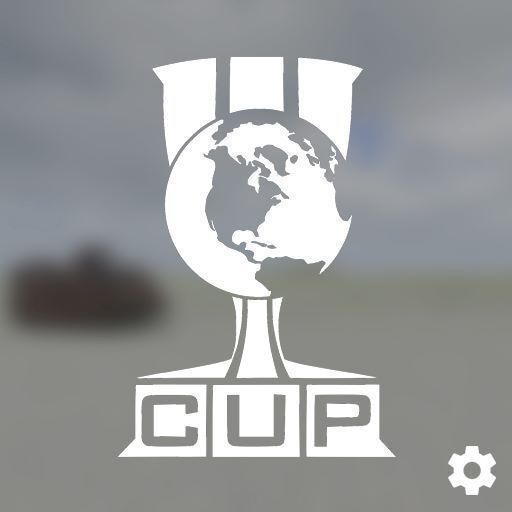


![[CLOSED] Operation Nightingale ‘28](/content/images/size/w1920/2023/05/Operation-Nightingale--28-Banner.png)
